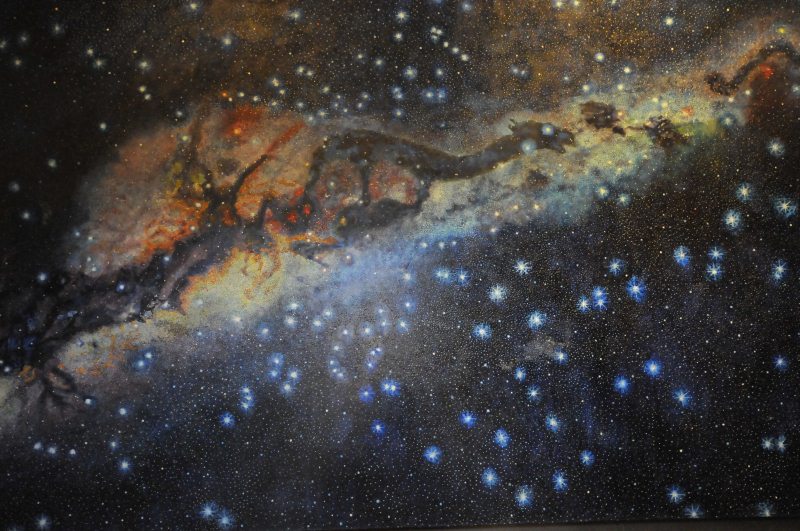Seqe and Wakas

Beez Neez now Chy Whella
Big Bear and Pepe Millard
Fri 10 Sep 2010 21:01
|
Seqe and Wakas in Inca
Society
 The Inca capital city and its
immediate surroundings contained numerous shrines, temples and other sacred
places; rocks, caves, springs etc., venerated by the population of Cuzco. All
these places were called wakas. The wakas were connected with each other by
imaginary lines that radiated from Qorikancha and were known as seqes.
In Quechua seqe means "line".
Qorikancha was the centre from which
the seqes spread. Around sixteen important wakas were located within the walls
or close to it. Among these wakas were buildings, squares, sacred stones and
fountains. The most detailed and complete description of the seqe system is
contained in the treatise - History of the New World (1653) - written by
the Jesuit Bernabe Cobo. Cobo, in his turn, copied the list of the seqes from
another manuscript, now lost, by Juan Polo de Onegardo. Benabe Cobo lists and
describes three hundred and twenty eight wakas connected with each other by
forty one or forty two seqes. Each seqe line linked from three to fifteen wakas.
The seqes were distributed among the four provinces of the Inca Empire. The
provinces Chinchaysuyu, Antisuyu and Qollasuyu had nine seqes each, while in the
Kuntisuyu province fourteen or fifteen seqes.
 Fernando our guide
pointing to the "Navel" of the picture, we would visit the navel later
this afternoon.
The painting made by the Cuzco artist
Miguel Araoz Cartagena shows us a scheme of the seqes of Cuzco. Qorikancha is
the centre of the radiating lines. The four background colours mark the four
provinces of the Tawantinsuyu Empire: the orange colour corresponds to
Chinchaysuyu, the yellow to Antisuyu, the green to Qollasuyu and the red to
Kuntisuyu. The lines represent forty one seqes. The points on the lines
symbolise the three hundred and twenty eight wakas on the seqes.
In the 1970's the anthropologist Tom
Zuidema developed a hypothesis according to which seqe system was closely
related to the Inca calendar. He suggested that each day of the year
corresponded to one of the wakas. On that day cult was rendered to it and
offerings were made. Besides Zuidema presumed that the wakas served as places
for astronomic observations.
Milky Way in Inca
Astronomy
The deities venerated in
Qorikancha were personified celestial bodies and meteorological phenomena. In
order to understand these beliefs, it is necessary to make reference to Inca
astronomy, which is known to us through some brief mentions in colonial
chronicles and through the folk astronomy of Quechua communities of today.
 The painting by the Cuzco
artist Migual Araoz Cartegena shows the Milky Way over Cuzco, in the months of
July and August, when the sky is clear and most of the astronomical phenomena
venerated by the Incas can be easily observed. In the Andes, the Milky Way is
called "mayu" (celestial river). Unlike the Western constellations composed of
groups of stars, the Andean culture distinguishes dark spots against the light
background of the Milky Way and identifies them with silhouettes of animals that
have come to drink its waters and darken its shining with their shadows. These
spots are called "yana phuyu" (black clouds). On the right hand side of the
painting Machaguay, or the big water serpent, appears. In the centre, two small
figures of Yutu (partridge) and Hamp'atu (toad) can be seen. They are followed
by the female llama with two shining eyes corresponding to the stars Alpha and
Beta Centauri. Underneath in the upside-down position is her cub, the baby
llama. The llamas are chased by the fox (Atoq) with red eyes. In some
communities, a figure of the shepherd, with his arms extended towards the
llamas, is seen in place of the fox. His legs coincide with the rear paws of the
fox. The chronicles of Polo de Onedegardo, dating to 1585, reads: "...They adore
two other stars called Catuchillay y Urcuchillay, that pretend to be a sheep
(llama) with a lamb. They also adore another star, Machacuay, which is in charge
of all the serpents and snakes, so that they do not do them any evil, and in
general they (the Incas), believed that all the animals and birds had their
likeness in the sky, whose responsibility was their procreation and
augmentation". Possibly, when speaking about "stars", Polo de Onedegardo
referred to "yana phuyu", a concept which is totally strange to Western
astronomy and thus could not be fully understood by the author of the
chronicle.
ALL IN ALL COMPLEX BUT IT
MAKES PERFECT SENSE
|